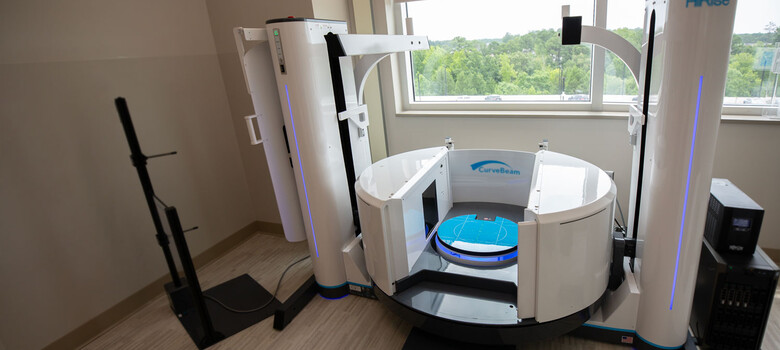 From the DukeHealth.org archives. Content may be out of date.
From the DukeHealth.org archives. Content may be out of date.
Preventing Weekend Warrior Injuries

Guys never think they’re too old for a friendly game of football. Yet it’s all too common to find at least one member of the team nursing a sprained ankle, twisted knee or pulled hamstring in the days that follow.
There’s no denying the benefits of exercise, says Tracy Ray, MD, a primary care doctor specializing in sports medicine with Duke Orthopaedics. But a little common sense goes a long way when trying to avoid those weekend warrior injuries.
“If you‘re not used to running, reaching up and catching a ball while someone hangs on your back, then there’s a good chance that you’re going to get injured,” Dr. Ray says. Age plays a role too. “The younger you are, the easier it is to transition from sport to sport. If you’re past 30, “be a little cautious,” he advises. “Common sense is your biggest ally.”
Even people who work out on a regular basis are at risk for injury. “You can be a terrific runner,” Dr. Ray says, “but if you play football with the guys, 36 rounds of golf, or tennis with your friends when you’re not used to it, you’re literally in a whole different ball game.”
Warming up before getting started will make a big difference in reducing your injury risk. “It increases blood flow to the muscles as well as your flexibility,” says Dr. Ray. Studies suggest dynamic stretches, meaning you move through your warm-up, rather than static stretches, are more likely to decrease injuries.
Of course, some injuries just can’t be avoided. Here’s a brief rundown on the most common injuries, how to treat, and when to see a doctor.
- Strains are the most common overuse injury, and occur when a tendon or muscle is stretched beyond its comfort zone. The affected area may get swollen and red. Use the R.I.C.E Method –- Rest, Ice, apply Compression and Elevate -- immediately. Over-the-counter anti-inflammatory medication can also help. If the pain persists beyond two or three days, see your doctor.
- Sprains are common sports injuries but can also result during everyday activities. They occur when an excessive amount of stretching force is applied to the ligaments that connect bones to bones. You know you might have a sprain if the area is sensitive to touch, swollen, throbs, and the area is red and warm. Use the R.I.C.E. method to treat, and see a doctor if your pain persists beyond three days.
- Is it broken? Only an X-ray can tell. If your injury is very painful, or the pain remains intense after two or three days, see your doctor.



